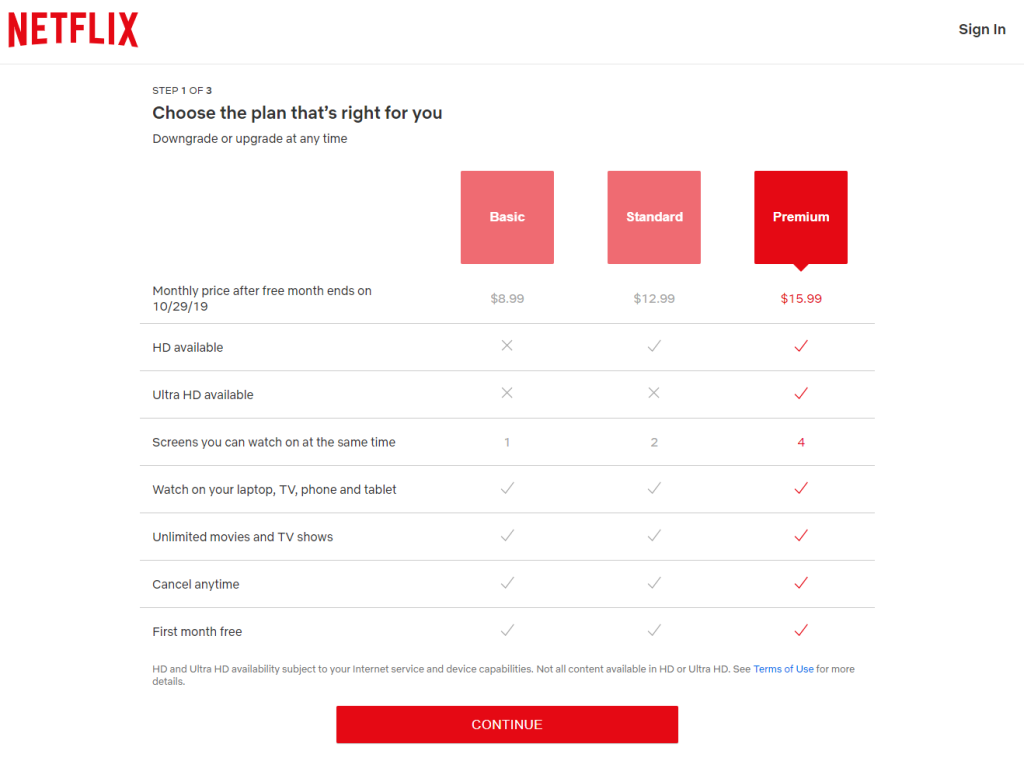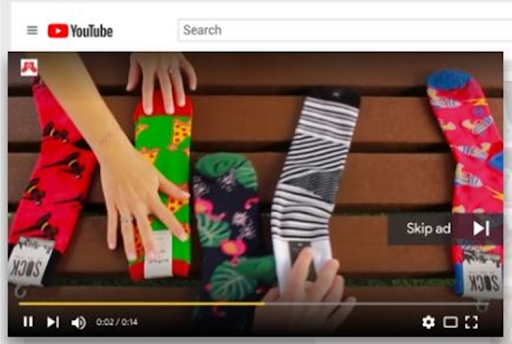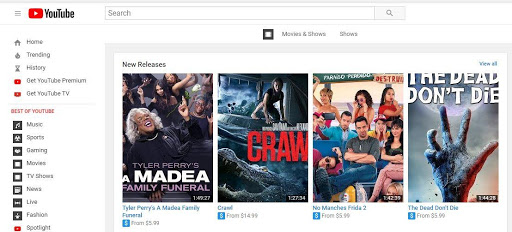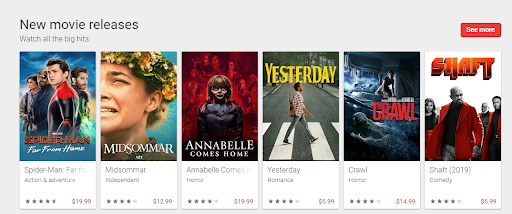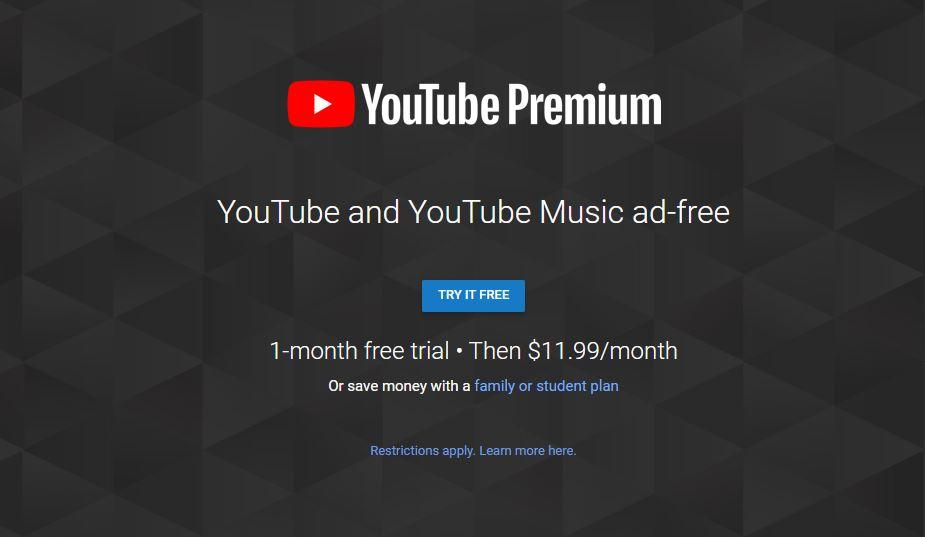It’s a myth that people don’t like paying for watching videos. Though everybody would love to access for free, it’s not that they won’t pay to watch good videos.
Did you know that Netflix generated a revenue of over 4.9 billion dollars in the first quarter of 2019? Conversely, YouTube is estimated to generate net global revenue of 11.76 billion dollars in 2020.
Considering the revenue models of Netflix and YouTube, there is a huge difference between how these two giants make money. YouTube works on an advertising model, whereas Netflix works purely on subscriptions. Surprisingly, there is no difference in their set of audience. Both of them are used by almost the same kind of audience.
The success of video sharing websites lies in their content strategy and the business models they follow. Most video sharing businesses adopt a business strategy only after acquiring the content. However, this is not the right approach. For any video-on-demand platform, content is the greatest influencer of revenue, but you can’t just fit any business model on a random content.
The right approach is choosing the best revenue model, and then conducting the research to choose the best-suited content for your venture. Different marketers follow dissimilar approaches, but I think this is the right way as the content is dynamic but choosing a revenue model is a long term commitment.
If you are searching for how to create website like YouTube, start with devising a business strategy first before heading to building the site. Here are 4 common business models followed by popular video platforms, and they are thriving tremendously.
Subscription video on demand (SVOD)
Subscription video on demand is the most common business model used by video-on-demand services. Popular VOD providers like Netflix, Amazon Prime, and Hulu follow this business strategy.
How does it work?
SVOD allows video streaming platforms to put premium membership plans. Only those users are allowed to access the videos who have subscribed to a respective plan after paying a particular fee.
User subscriptions are auto-renewable and viewers have the flexibility to cancel it at any time. Subscriptions normally are renewed at the same time and allow viewers to access the content until their next subscription cycle.
You can also customize the subscription plans to generate better revenue. You can simply offer multiple plans with different types of perks. For example, Netflix allows multiple logins at a time, and it offers diverse plans based on the number of users allowed and video streaming quality.
Is this model for you?
Subscription model suits a VOD platform with a broad variety of entertainment video content like Movies, drama series, TV shows, originals, and other programs to entertain the audience in the long term. The Netflix business model is super effective for video creators who focus on entertainment, e-learning, health, and fitness, or anything engaging, informative, and with a long term value.
Advertising-supported video on demand (AVOD)
AVOD is another common and one of the most popular video-sharing business models. YouTube is the most prominent video platform working on this model. The YouTube business model is based on advertising as a primary tool to generate money from the platform. Traditional TV channels work on this model clubbed with a cable subscription, but the only difference is it’s not video on demand.
How it works
AVOD business model allows users to view videos for free but with advertisements. Ads inserted between the free videos are categorized into- Pre-roll, mid-roll, and post-roll.
- Pre-roll ads- The ads are played at the beginning of a video
- Mid-roll- The ads start playing in the middle of a video.
- Post-roll- The ads are played at the end of a video.
Ads are powerful, and advertisers pay a huge amount for streaming their Ads on the video streaming platforms. Pricing of Ads depends greatly on the type of content you stream and the popularity of your platform. The ads are skippable, partially skippable or even non-skippable, based on how the advertiser and the Ad networks want them.
Generally, video on demand Ads are short and less premium than those in the TV networks. You can power your video-on-demand business with Ads using a superior video CMS. Most of them even come with inbuilt APIs for popular Ad networks. To ensure a seamless viewing experience for your audience, try to make the intrusion of Ads as negligible as possible.
Is this model for you?
YouTube business model is great for content creators or providers whose videos generate an impressive number of viewers. You must constantly keep a check on the CPM rates to ensure you generate significant revenue from the Ads.
Transactional Video on Demand (TVOD)
TVOD or popularly called pay-per-view is a business model where users can pick the videos they want to watch and pay only for a particular piece of content alone.
How it works
It works exactly like physical rental stores where you buy or rent movies and other videos for a price. The TVOD model can be classified into two categories- electronic sell-through (EST) or download to own (DTO). Buying video allows you to own a particular video and keep it with them either on the platform or download it to their personal devices. Whereas renting a video allows users to watch it for a particular period and after the expiry, it doesn’t belong to them anymore.
Is this model for you?
TVOD works great for live streaming as well as VOD content for special events like sports. Here you can offer exclusive live and even VOD streaming of exclusive content. You might have seen some video platforms charging extra to access live streaming or a specific soccer match. That is exactly what TVOD models are all about.
Moreover, you need not use TVOD as a single revenue model, it works great along with the basic business models if you provide seasonal content to your viewers. To build a platform based on TVOD, you can use any video sharing scripts from the market that works on PPV+ more models. Here is a sample screenshot from Google’s Play movies that work on this model.
Hybrid VOD model
A hybrid video-on-demand business model is a combination of two or more business models discussed above. A Strategic combination of SVOD, AVOD, and TVOD can help you monetize your live videos the right way.
How it works
If your platform is growing in popularity day by day, you definitely have to adopt a hybrid VOD model to generate high revenue. You can combine different revenue strategies, and offer the right kind of experience for all types of users.
The YouTube business model is an excellent example. It offers Ad-based, Subscription-based, and even transactional model to the users. Users can watch certain YouTube videos free of cost with Ads, or subscribe to YouTube Premium to remove the Ads.
Is this model for you?
If you have a vast library of videos with a diverse user-base and you think you need different revenue strategies to suit the needs of different sets of audience, go for a hybrid business model. There will be people who prefer paying for a subscription and there will be people who want it free or just those who want to pay just for the piece of content they would like to watch.
Final thoughts
Now that you have understood the strategies used in building a business model for video-on-demand services, you are ready to create your own business strategy for your video platform. A one size fits all doesn’t work for business models, especially for video-on-demand platforms. Start with studying the business models of industry leaders like Netflix and YouTube and how they established their presence in spite of the existing competition in the market.
Amazon Prime joined the scene that was already dominated by Netflix and YouTube. The reason why they could make it to better heights was because of their business model. They all have something unique to offer to their users in comparison with their competitors. If you can offer access to amazing content along with a revenue model that works for your business, you can bring in a consistent and stable income.

